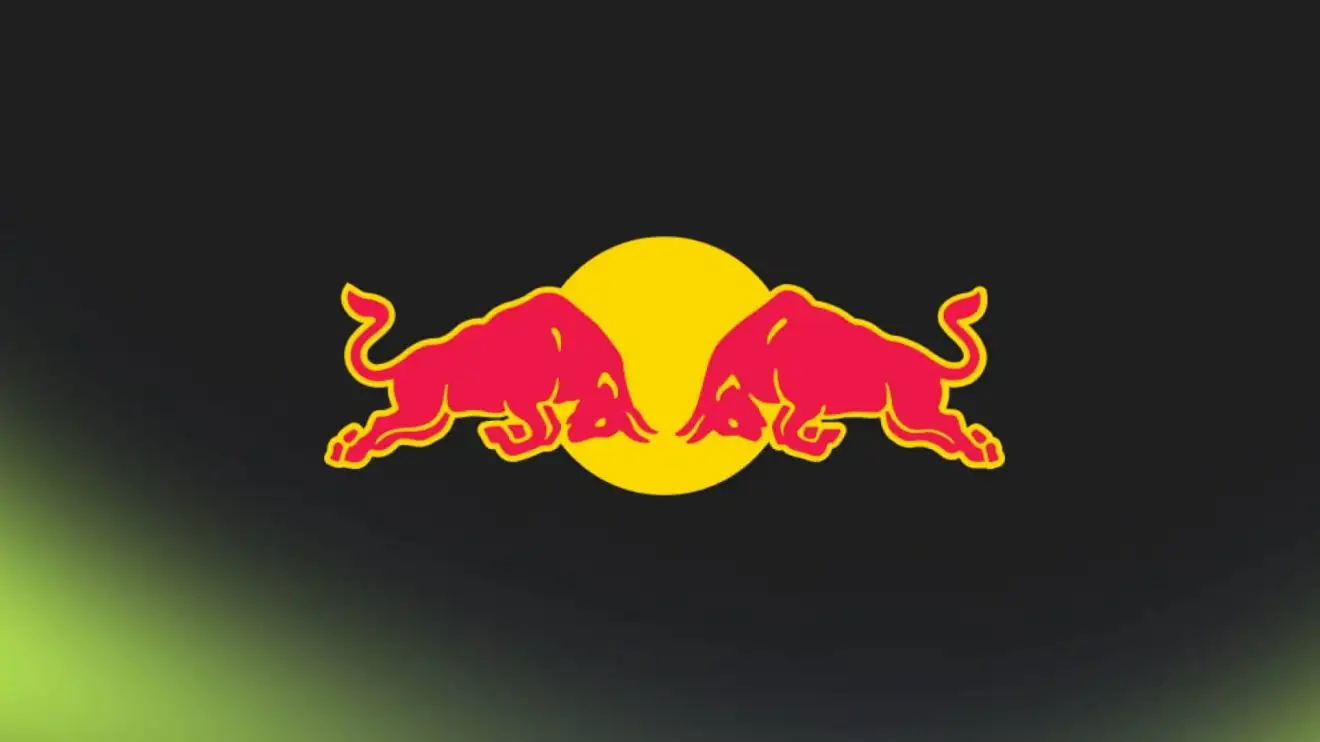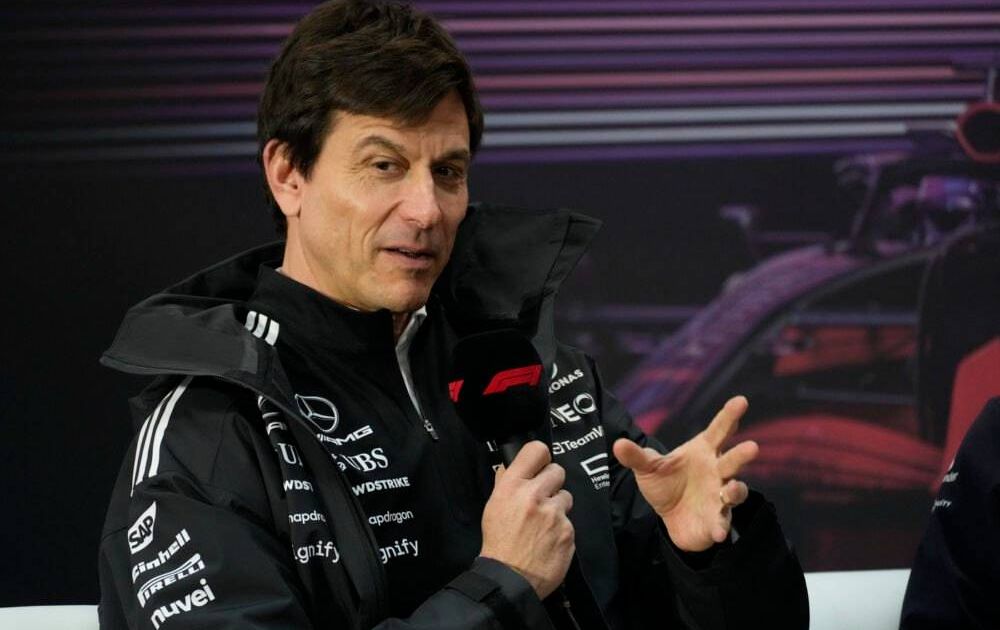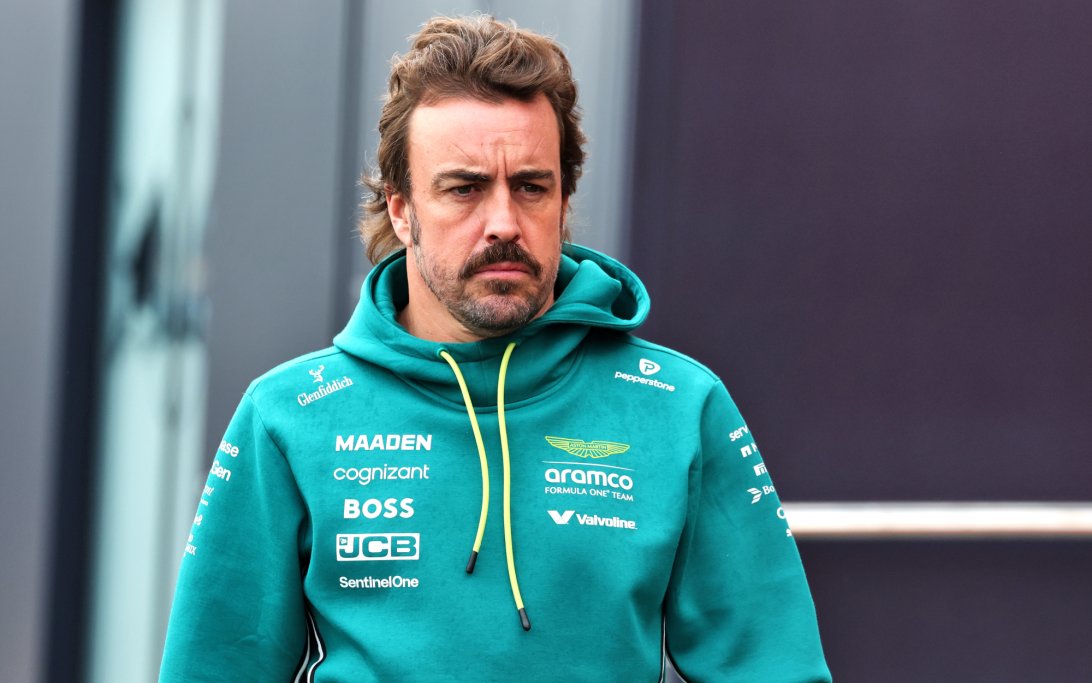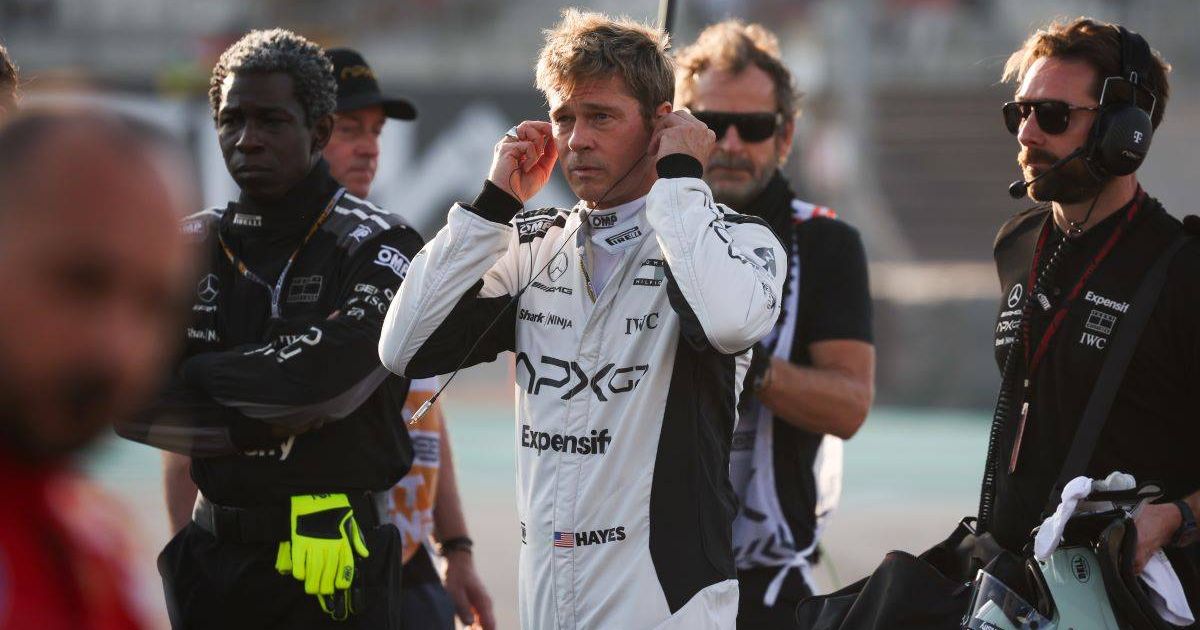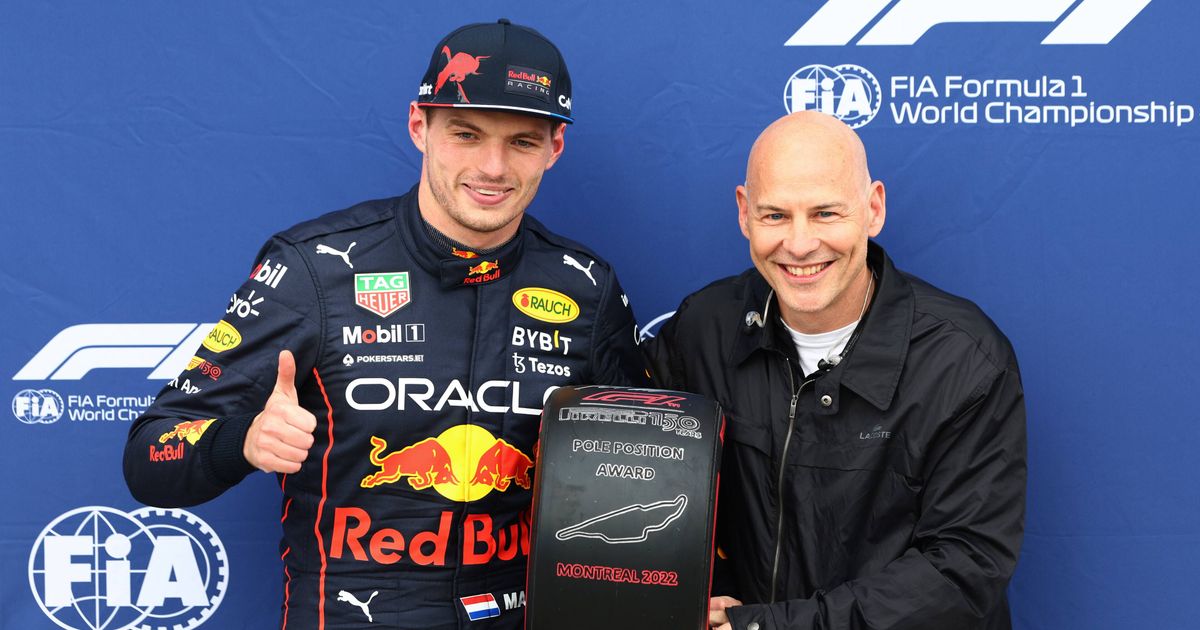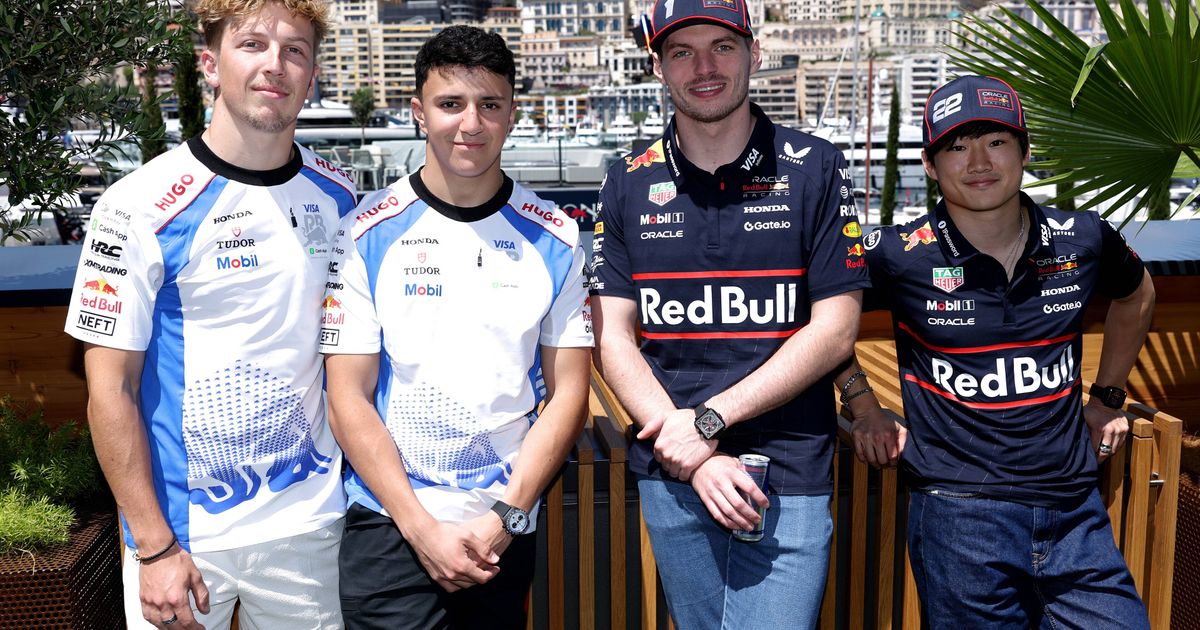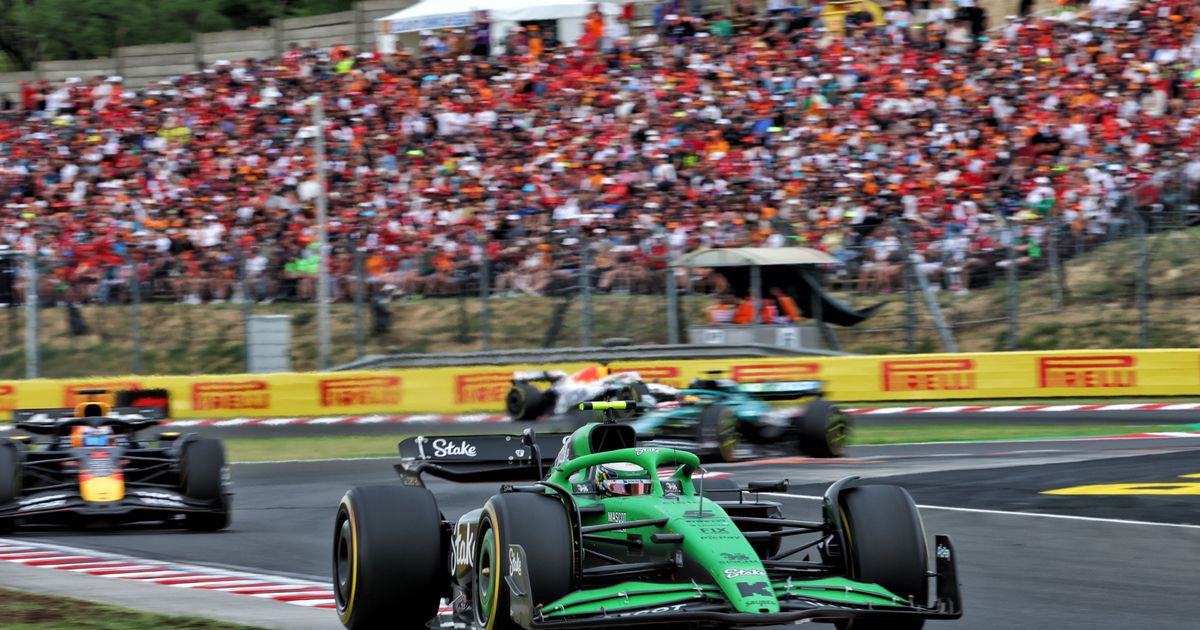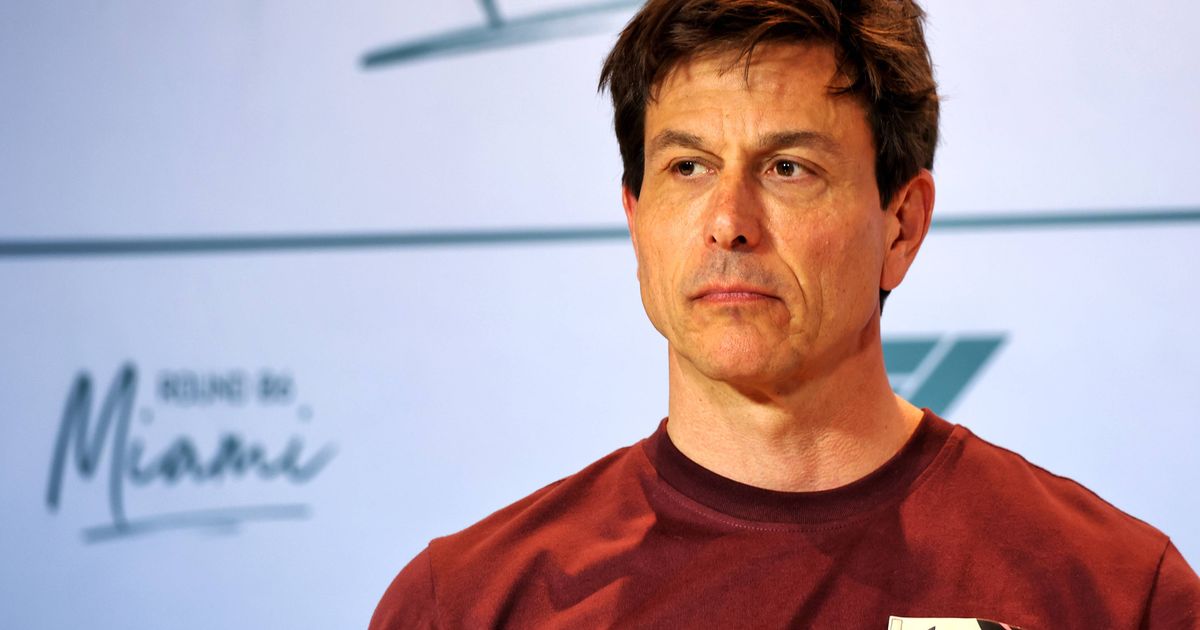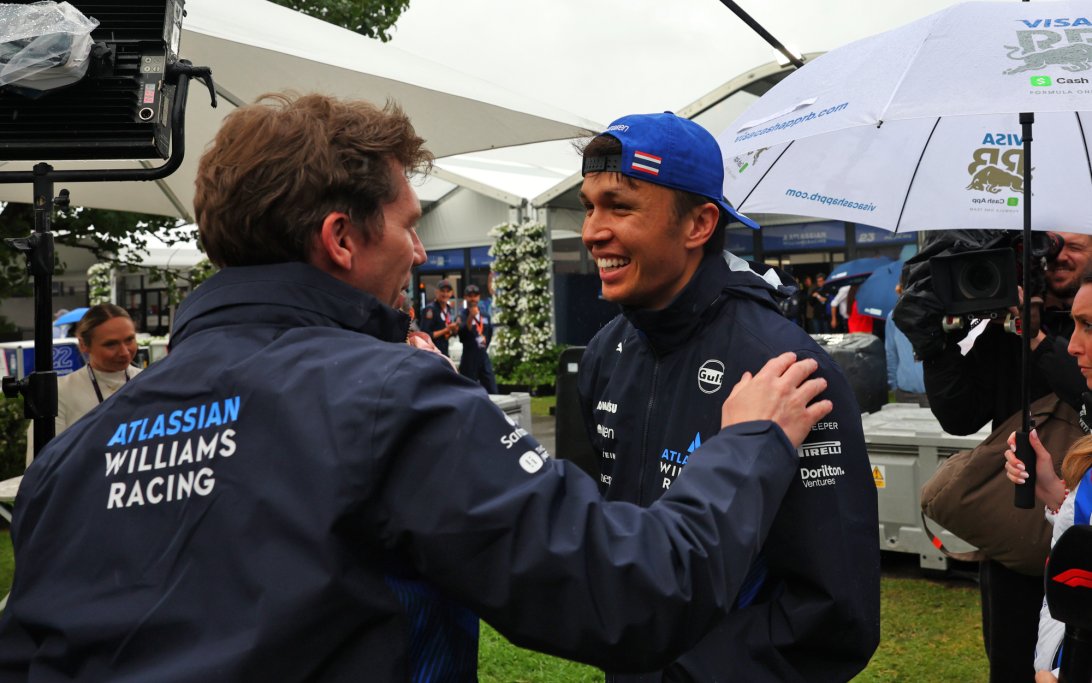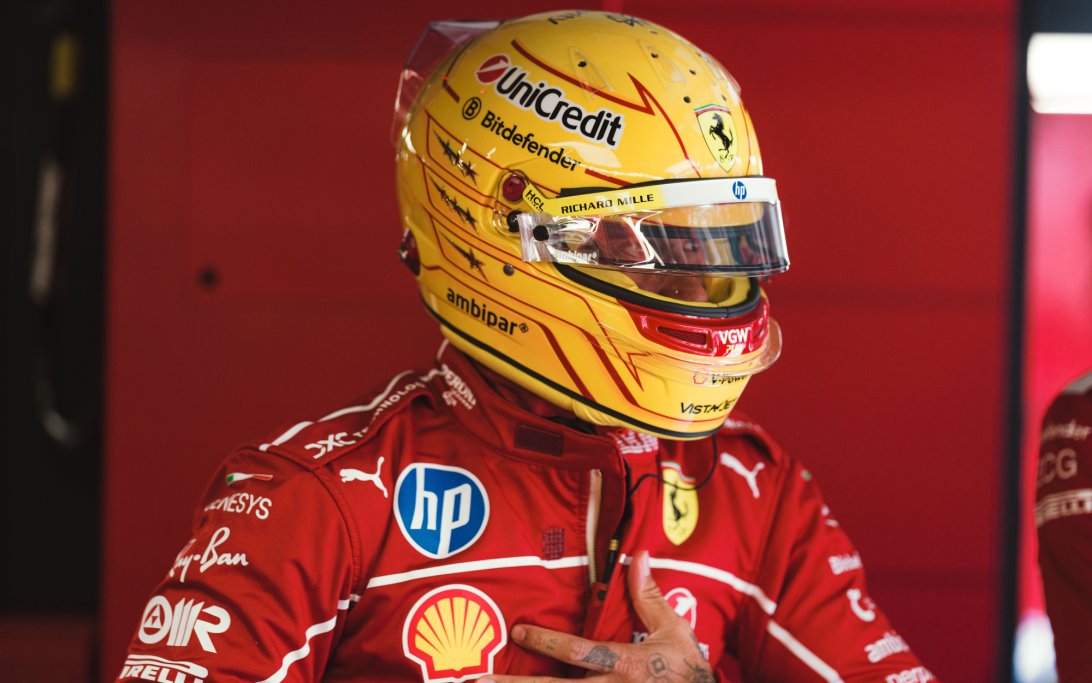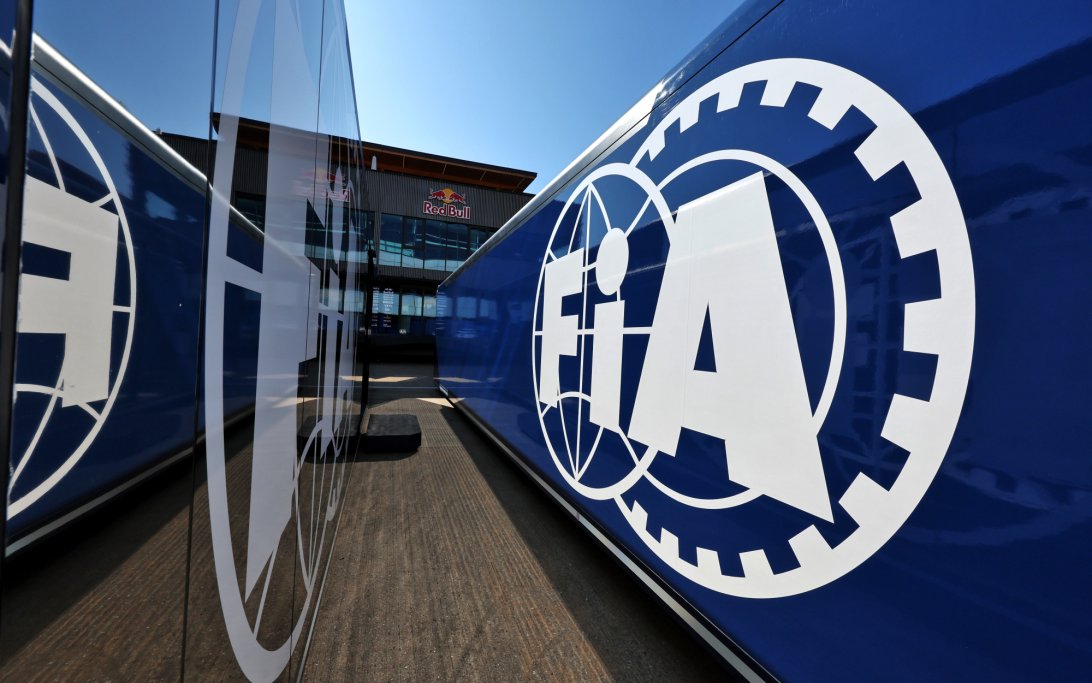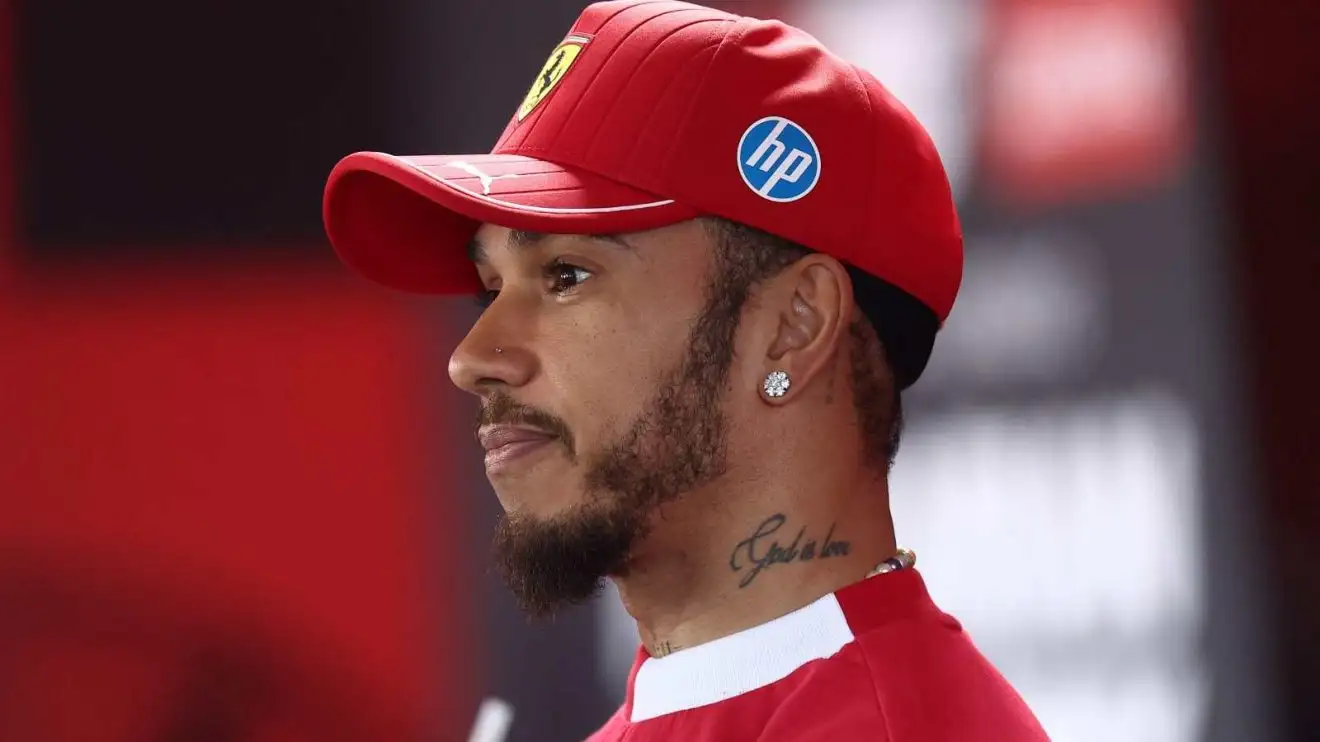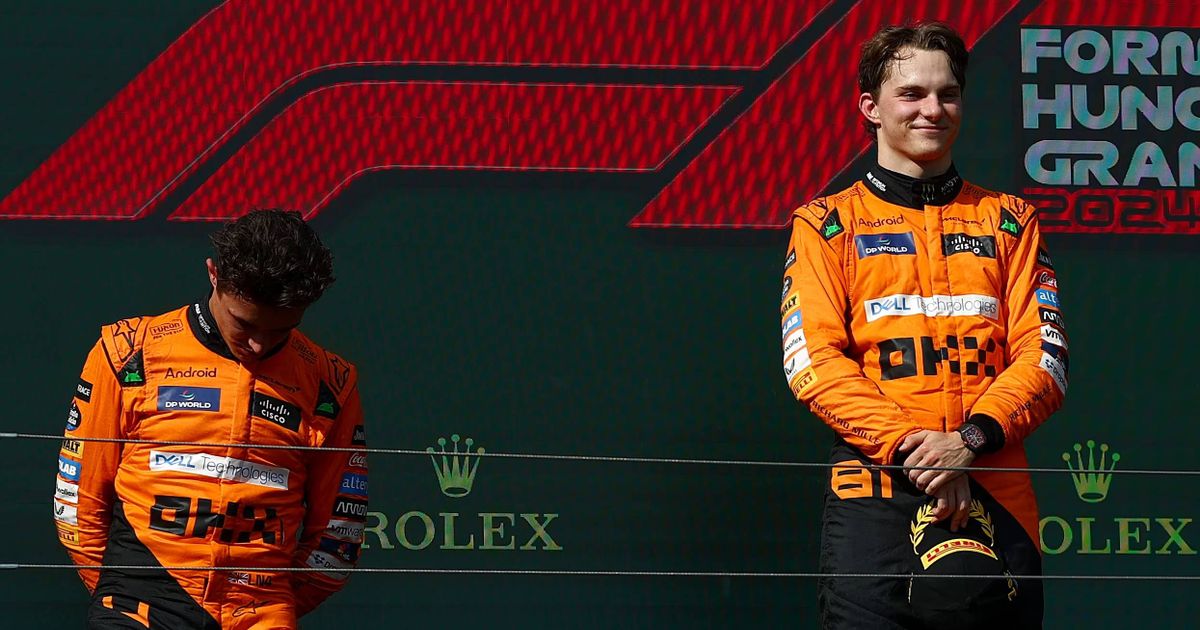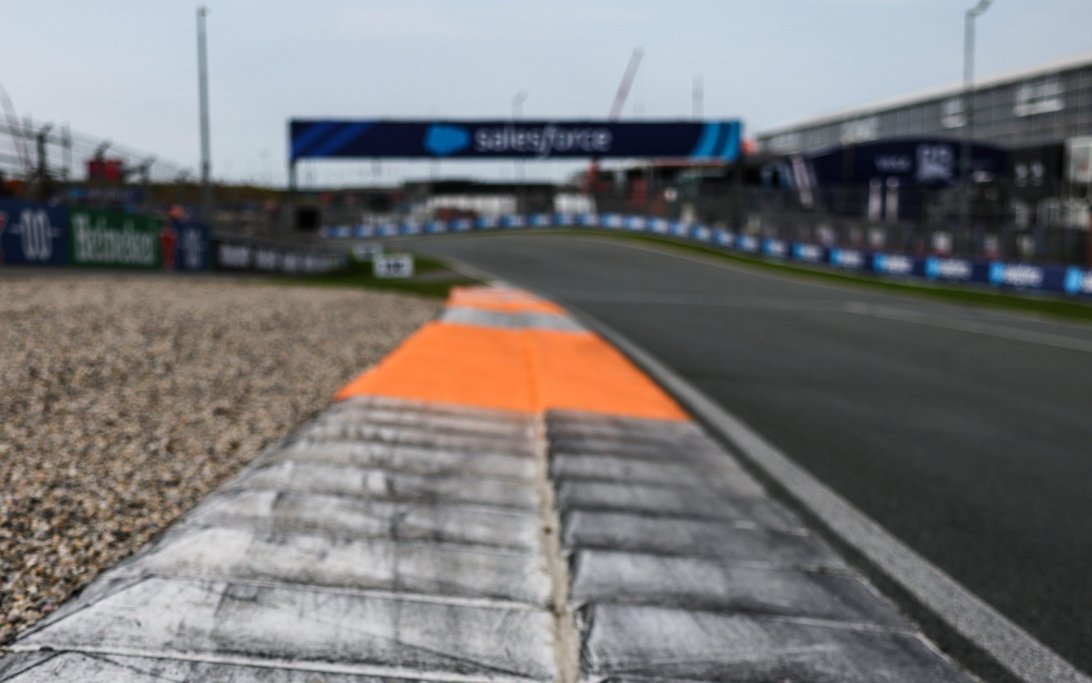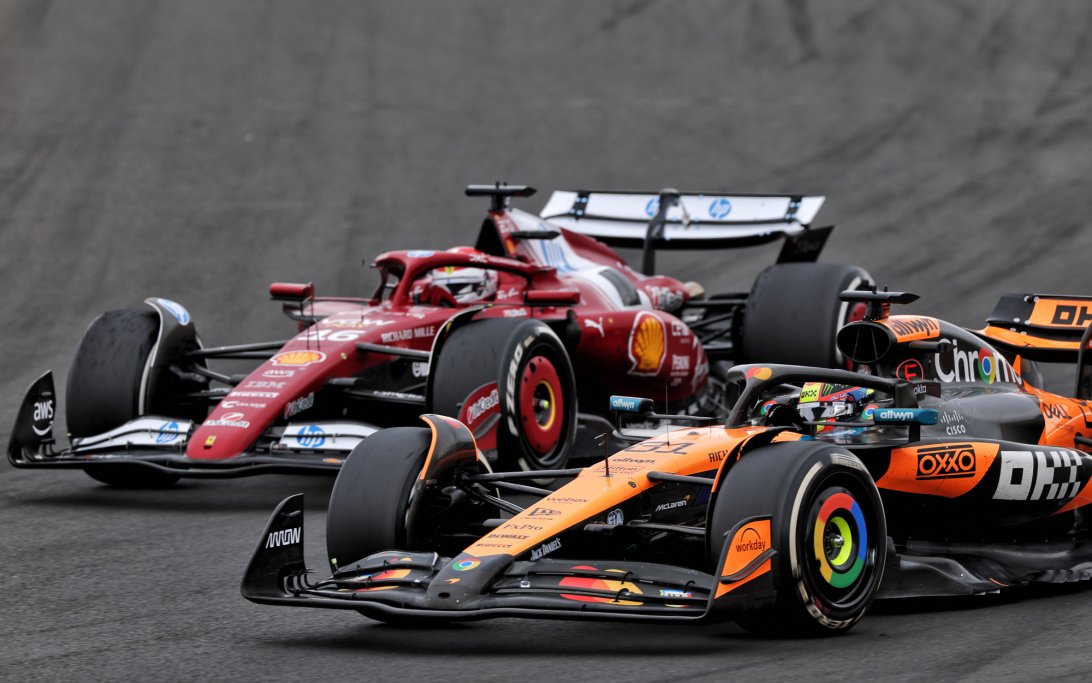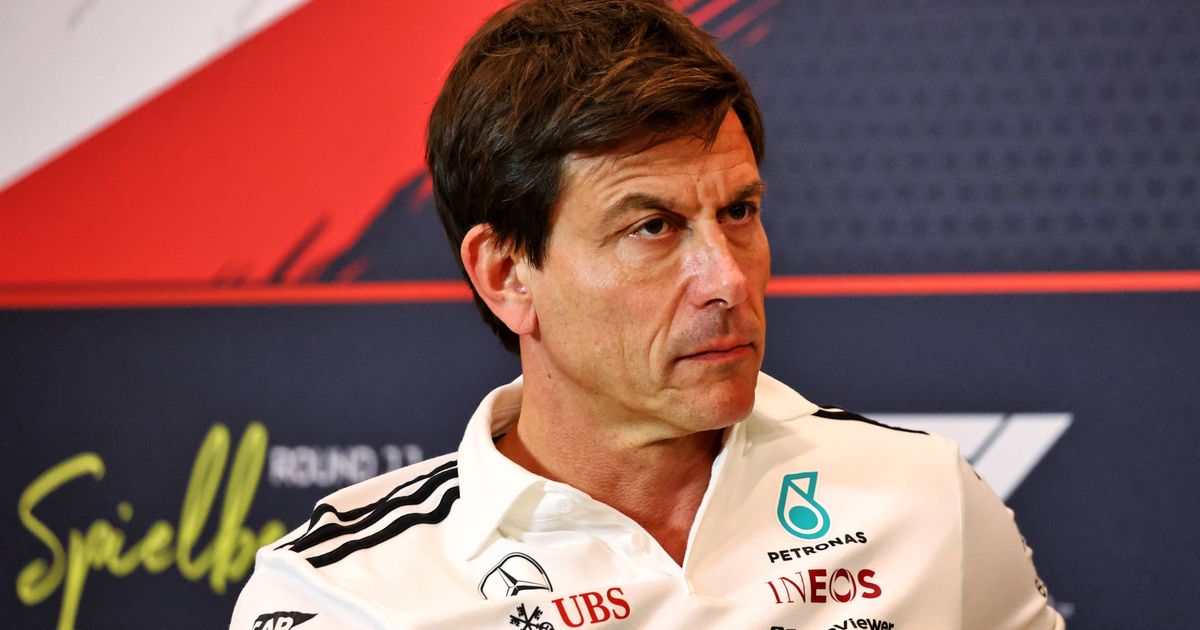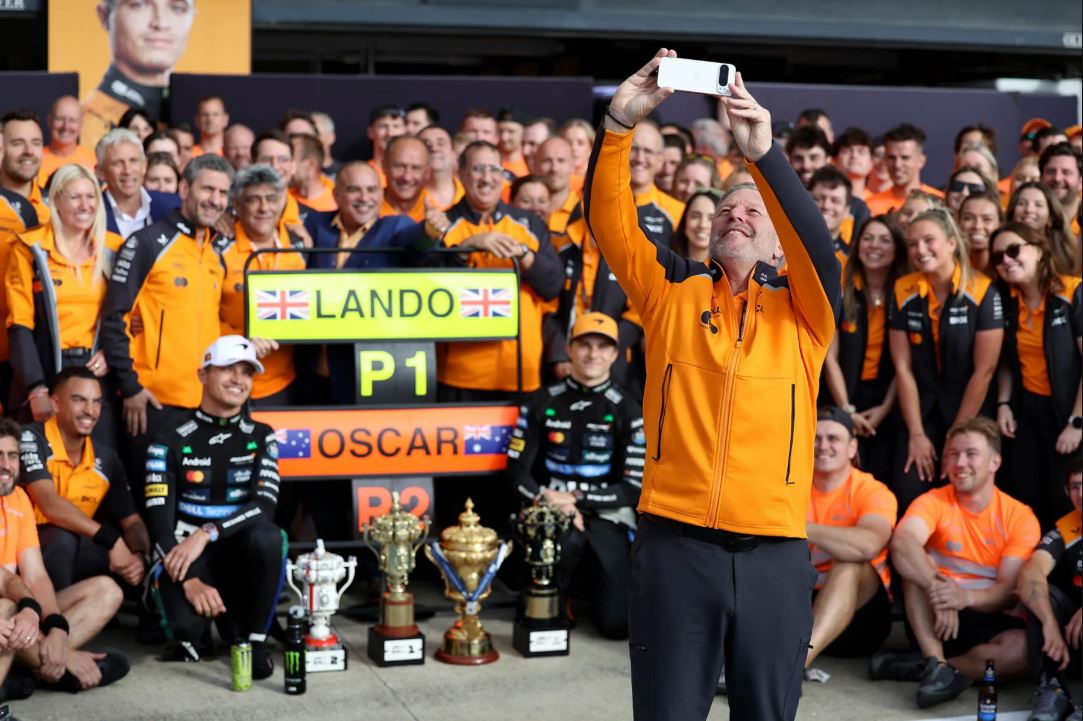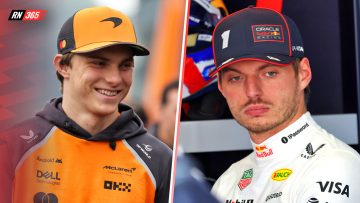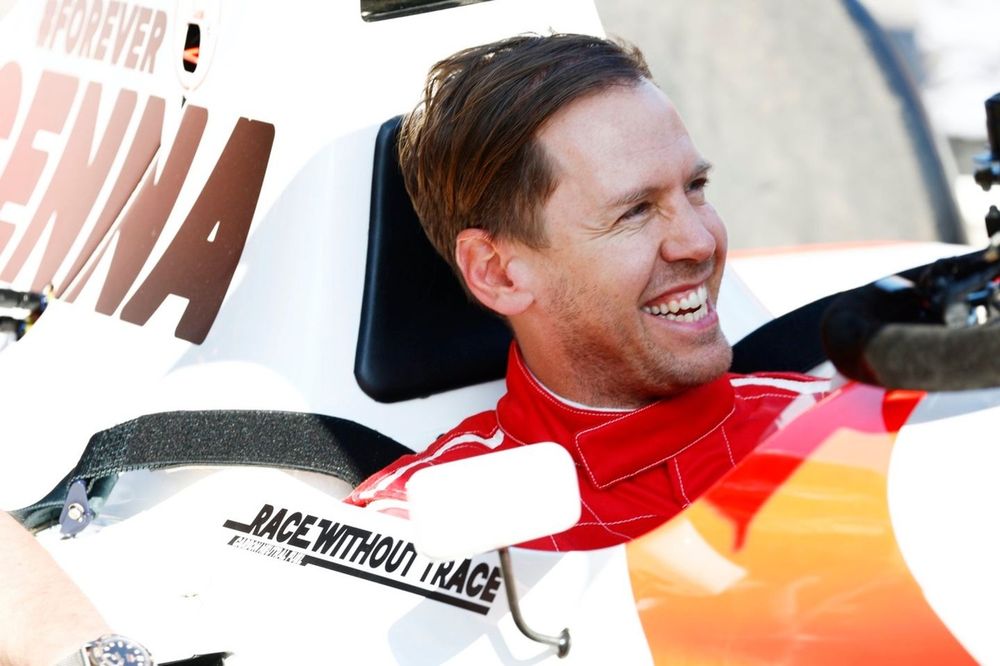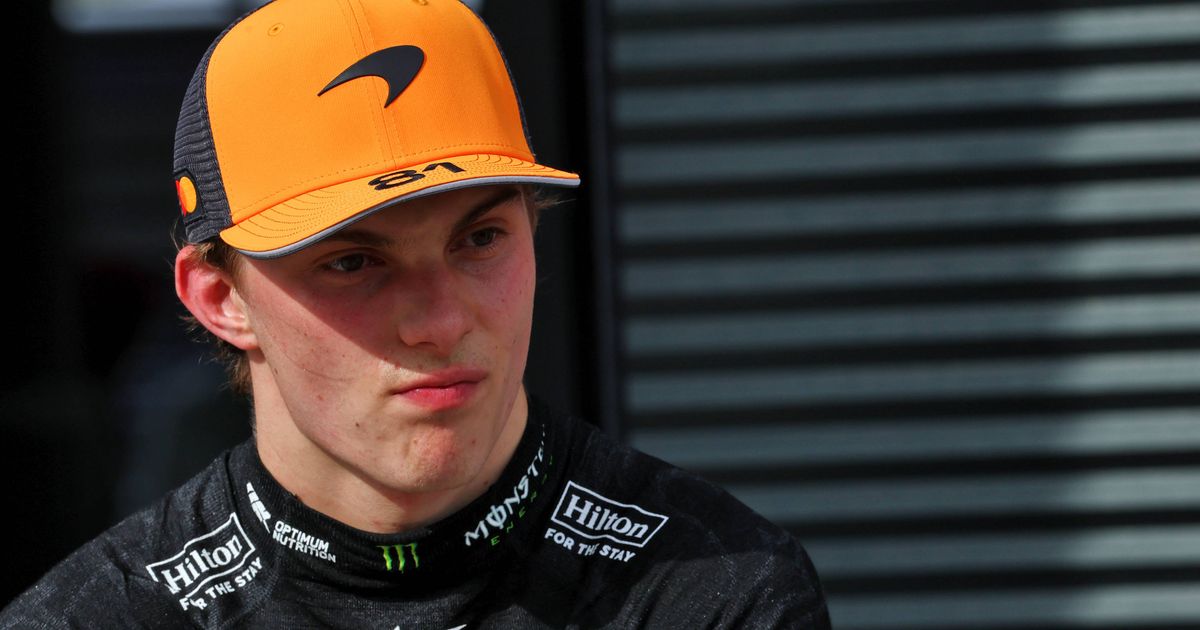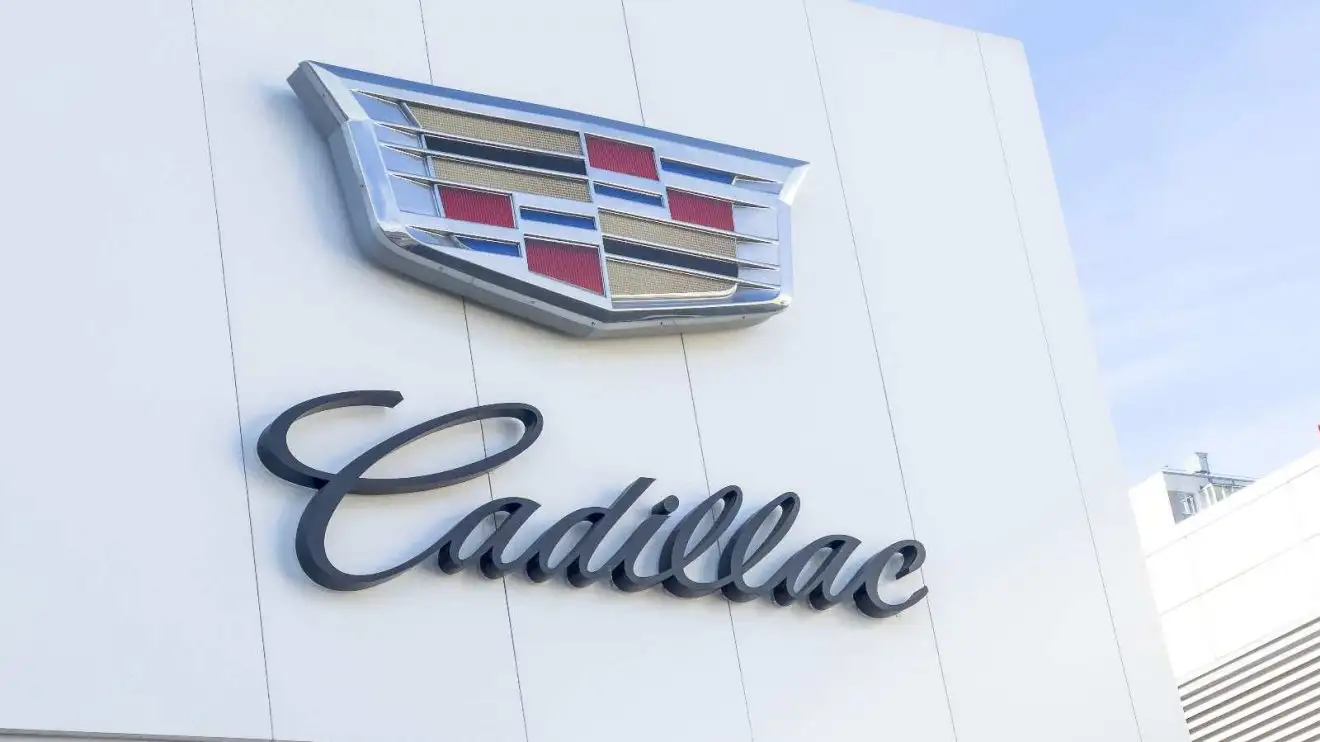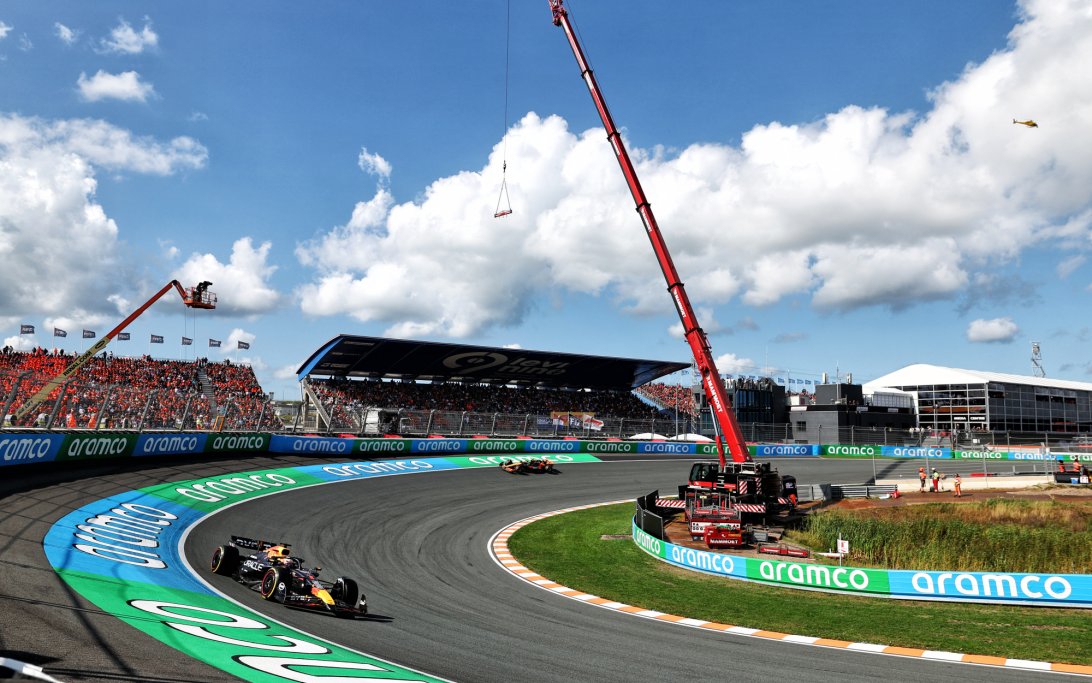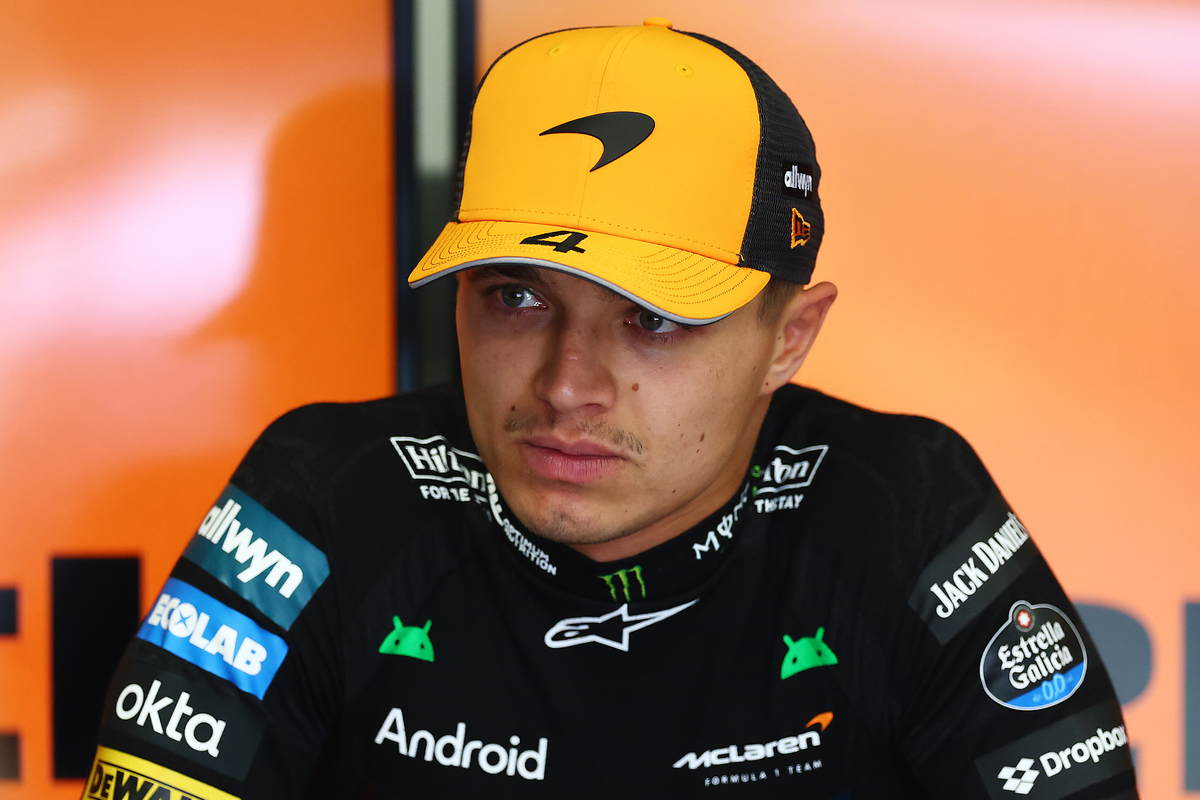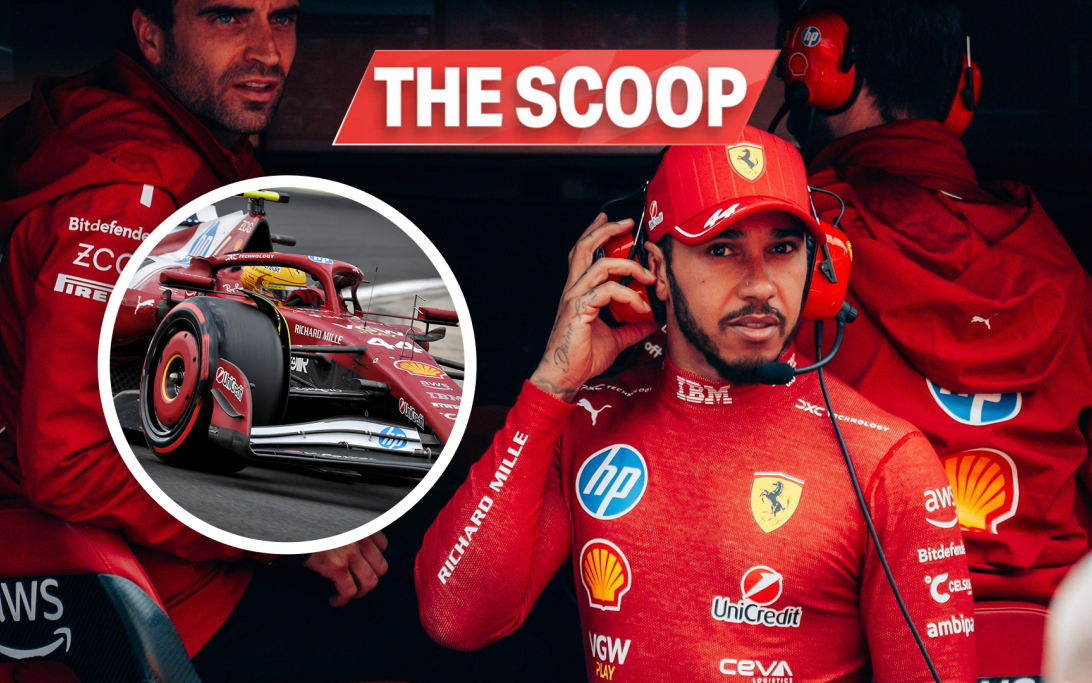Lewis Hamilton's F1 Struggles: Why He's Not Done Yet
Lewis Hamilton is experiencing one of the toughest periods in his illustrious Formula 1 career. At the summer break, despite being only 42 points behind Ferrari teammate Charles Leclerc, his overall performance deficit paints a starker picture.
Why it Matters
Hamilton's current form is a significant departure from his dominant past, raising questions about his future and the impact on Ferrari's championship aspirations. External criticism is mounting, compounded by his candid self-assessment.
The Big Picture
This season, Hamilton has been consistently outmatched by Leclerc, managing zero podiums compared to Leclerc's five. He has been out-qualified 10-4 and out-raced 11-2 by the Monegasque driver (excluding their double disqualification in China).
- Hungarian GP: The struggles were evident at the Hungarian Grand Prix, where Leclerc took pole at a track he dislikes, while Hamilton was knocked out in Q2, starting 12th. Despite Leclerc's race issues, his qualifying message was clear.
- Past Teammates: Hamilton has been beaten by teammates before (Jenson Button in 2011, Nico Rosberg in 2016, George Russell in 2022 and 2024). However, the current consistent and comprehensive defeats are unprecedented.
Hamilton's Demeanour
Beyond the track, Hamilton's despondent and dejected demeanour has been a cause for concern. His "useless" comment after qualifying in Hungary and suggesting Ferrari needed a "change driver" were striking. He also cryptically mentioned "a lot going on in the background that's not great," though he affirmed his love for racing and commitment to return after the break.
This level of public self-criticism highlights the desperate situation at Ferrari. The initial optimism of F1's most decorated driver joining its greatest team to end a championship drought has largely dissolved.
Looking Ahead: The 2026 Regulations
Despite the current challenges, key figures like Mercedes team principal Toto Wolff believe Hamilton still has "unfinished business" in F1. A significant reason for optimism lies in the upcoming 2026 regulations, which will feature new chassis rules and the return of more conventional flat floors.
- Driving Style Compatibility: This shift is particularly beneficial for Hamilton, whose late braking style is incompatible with the smooth driving required by current ground-effect cars. Sudden heavy braking disrupts the underbody suction, compromising stability. The return to flat floors is expected to mitigate this issue.
- Active Aerodynamics: While 2026 also introduces active aerodynamics (a step into the unknown), the fundamental change in floor design should favor Hamilton.
Contributing Factors & What's Next
Other elements contributing to a potential rebound include his ongoing adaptation to Ferrari's Brembo brakes and engine braking system, which differ significantly from the Carbon Industrie models he used at Mercedes for over a decade. Further integration and settlement within the Ferrari team are also crucial.
- Team Dynamics: Relationships, particularly with race engineer Riccardo Adami, have appeared strained at times. Team principal Fred Vasseur acknowledges Hamilton's demanding nature, seeing it as a trait of a seven-time world champion.
- Vasseur's Support: Vasseur remains a key ally, fully supporting Hamilton and his contract through at least the next year and a half. He sees Hamilton as frustrated, but "not demotivated."
- Focus on Process: With expectations reset and attention shifting to the blank canvas of 2026, Hamilton and Ferrari can concentrate on refining their processes rather than immediate results. This internal improvement could pave the way for a stronger future.
While significant work and uncertainty remain, Lewis Hamilton's current struggles do not signify the end of his career. He is down, but certainly not out.


